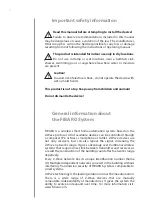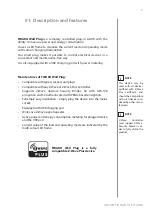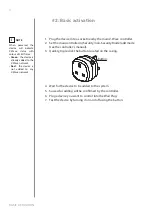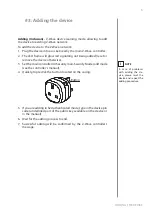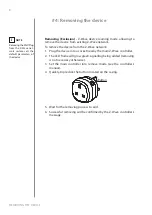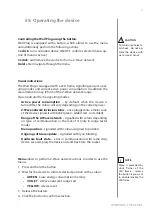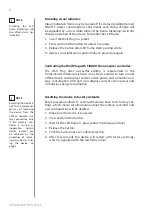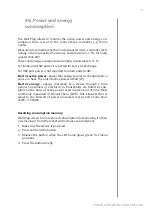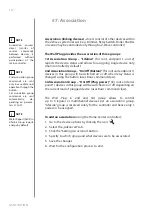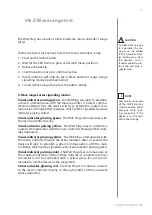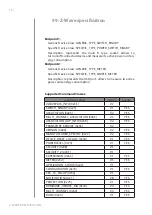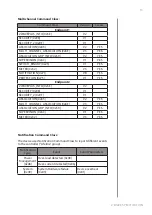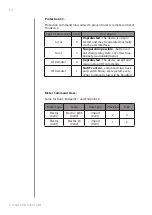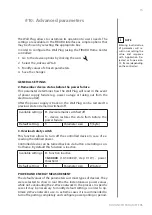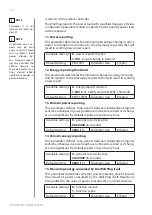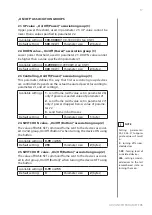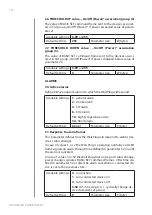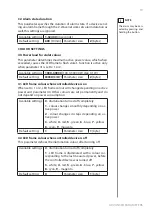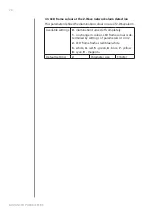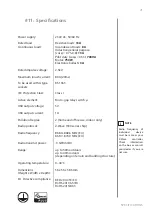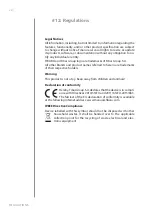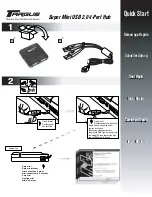
11
Z-WAvE RAnGE TEST
#8: Z-Wave range test
The Wall Plug has a built in Z-Wave network main controller’s range
tester.
Follow the below instructions to test the main controller’s range:
1. Press and hold the button.
2. Wait for the LED frame to glow violet (2nd menu position).
3. Release the button.
4. Click the button once to confirm selection.
5. visual indicator will indicate the Z-Wave network’s range (range
signalling modes described below).
6. To exit Z-Wave range test, press the button briefly.
Z-Wave range tester signalling modes
:
Visual indicator pulsing green
- the Wall Plug attempts to establish
a direct communication with the main controller. If a direct commu-
nication attempt fails, the device will try to establish a routed com-
munication, through other modules, which will be signalled by visual
indicator pulsing yellow.
Visual indicator glowing green
- the Wall Plug communicates with
the main controller directly.
Visual indicator pulsing yellow
- the Wall Plug tries to establish a
routed communication with the main controller through other mod-
ules (repeaters).
Visual indicator glowing yellow
- the Wall Plug communicates with
the main controller through the other modules. After 2 seconds the
device will retry to establish a direct communication with the main
controller, which will be signalled with visual indicator pulsing green.
Visual indicator pulsing violet
- the Wall Plug does communicate at
the maximum distance of the Z-Wave network. If connection proves
successful it will be confirmed with a yellow glow. It’s not recom-
mended to use the device at the range limit.
Visual indicator glowing red
- the Wall Plug is not able to connect
to the main controller directly or through another Z-Wave network
device (repeater).
CAUTION
To make Z-Wave range
test possible, the de-
vice must be added
to the Z-Wave control-
ler. Testing may stress
the network, so it is
recommended to per-
form the test only in
special cases.
!
NOTE
Communication mode
of the Wall Plug may
switch between direct
and one using rout-
ing, especially if the
device is on the limit
of the direct range.
i


